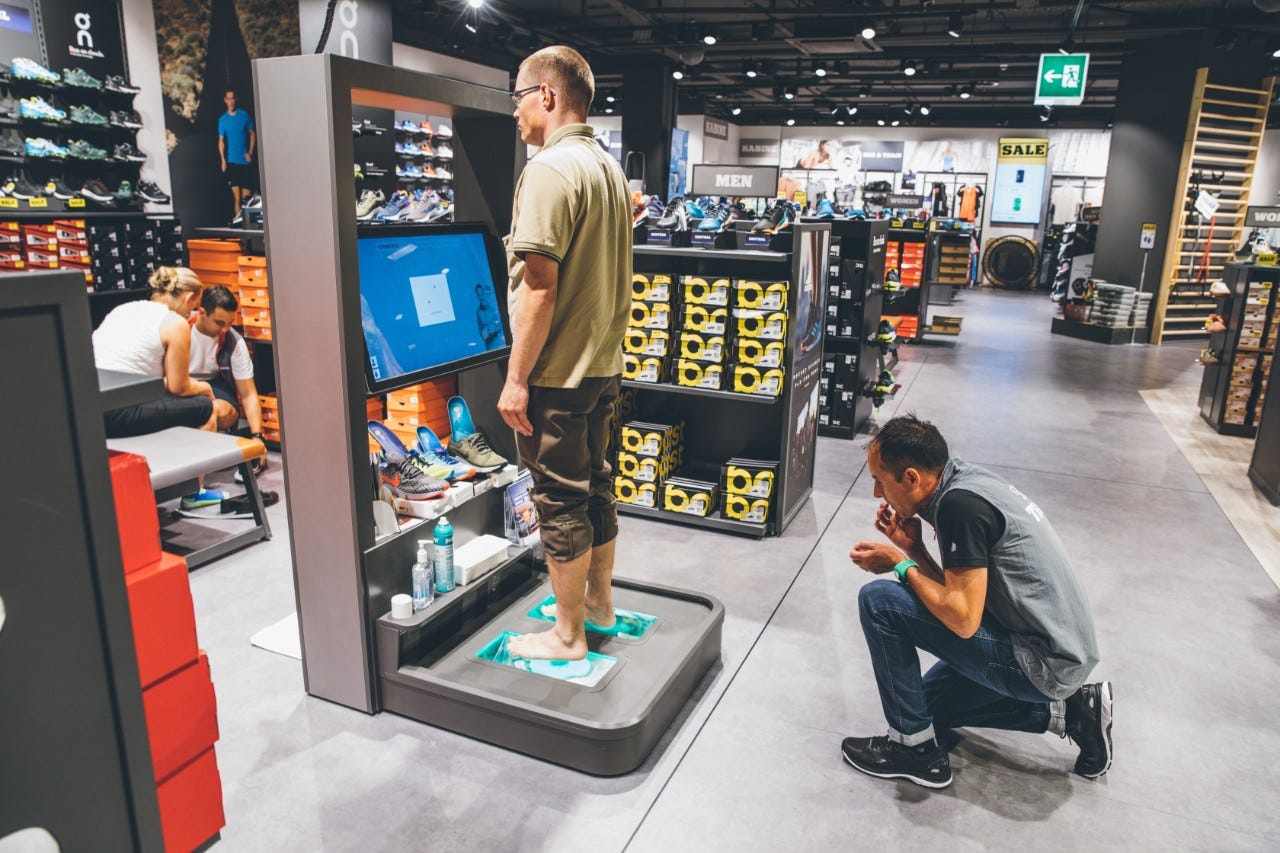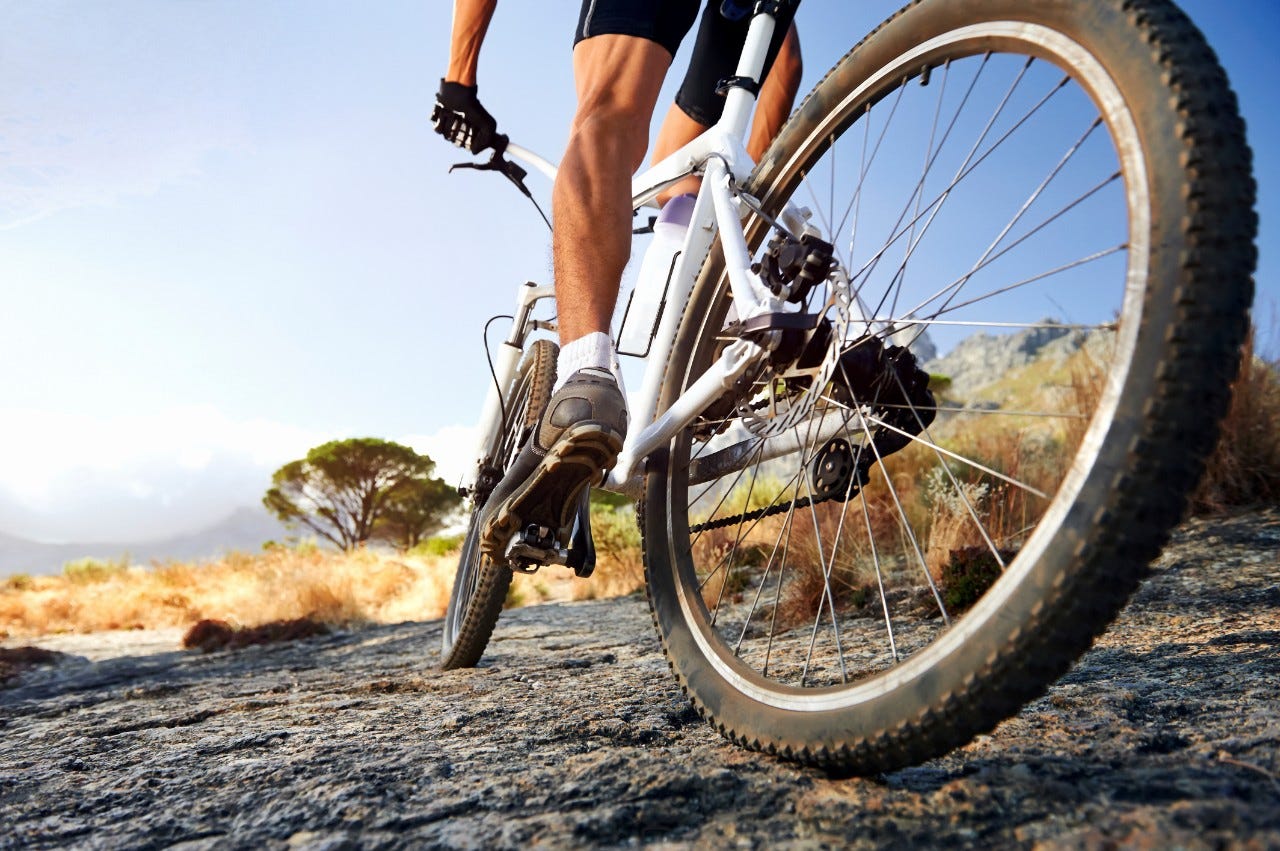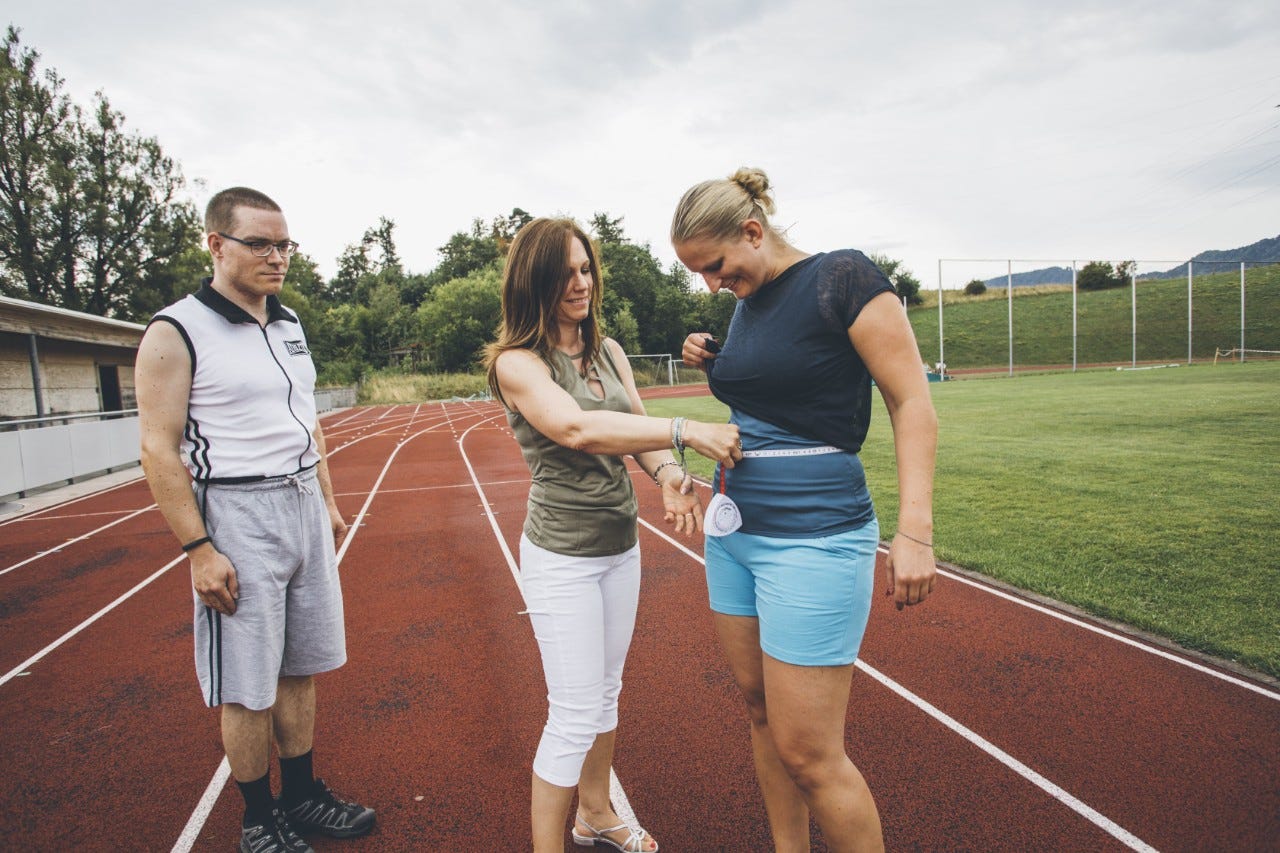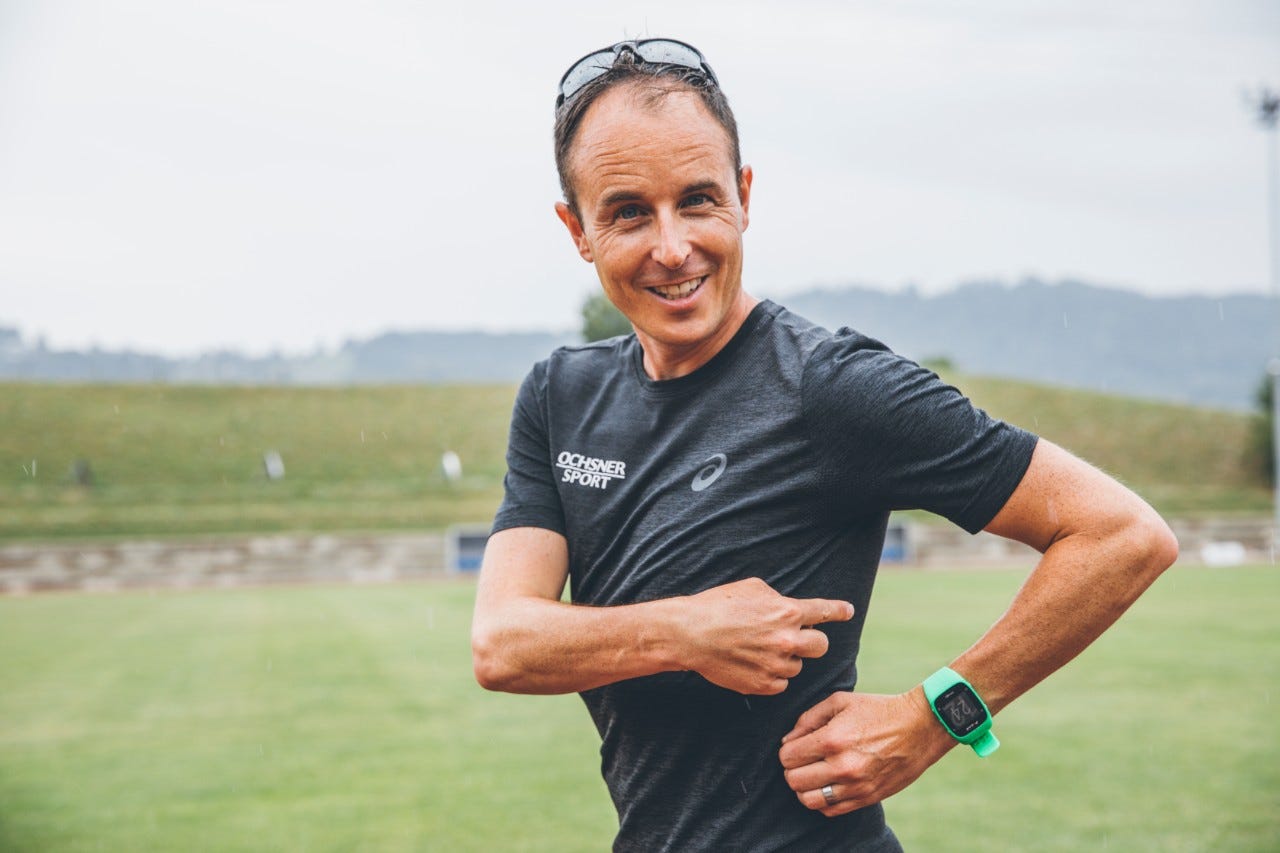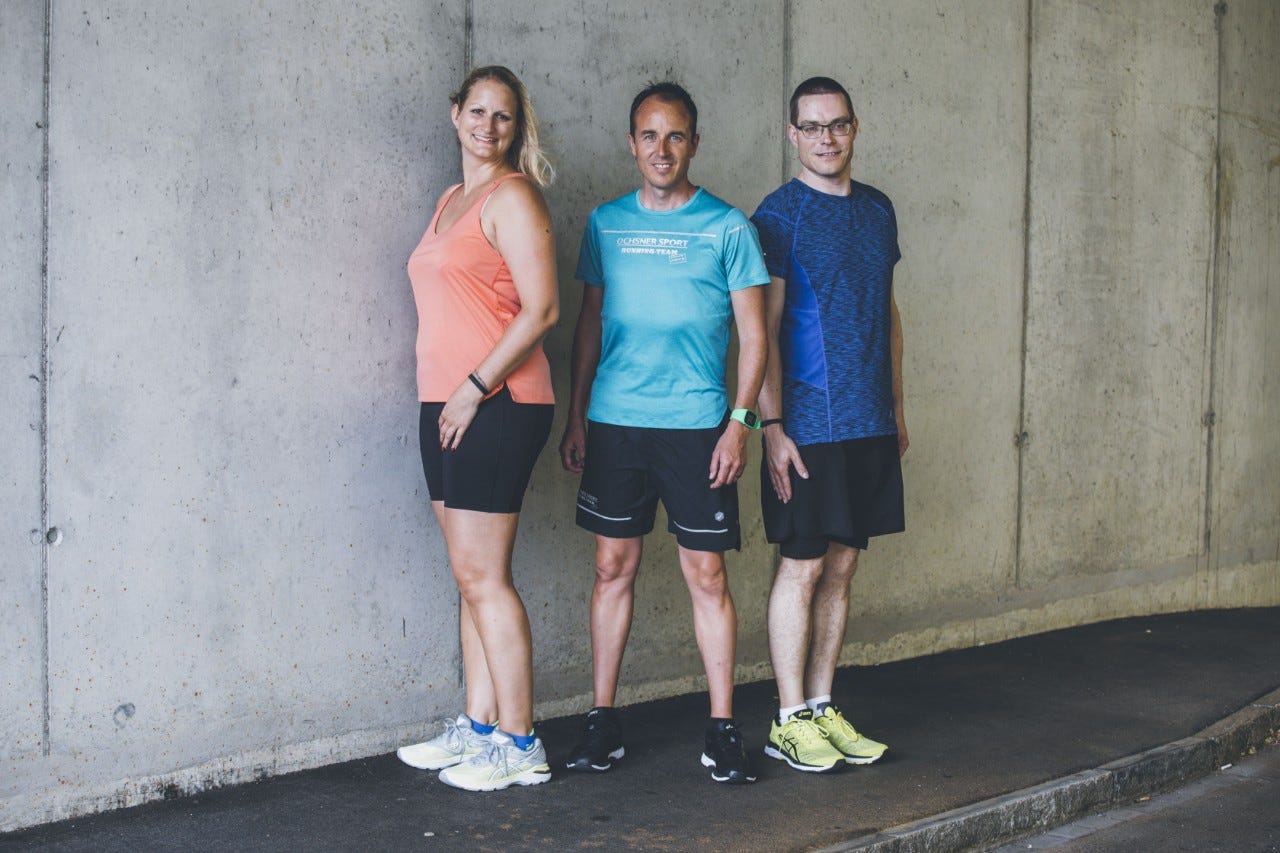Best foot forward!
Your choice of shoes is crucial if you want to run properly. What to look out for when buying running shoes.
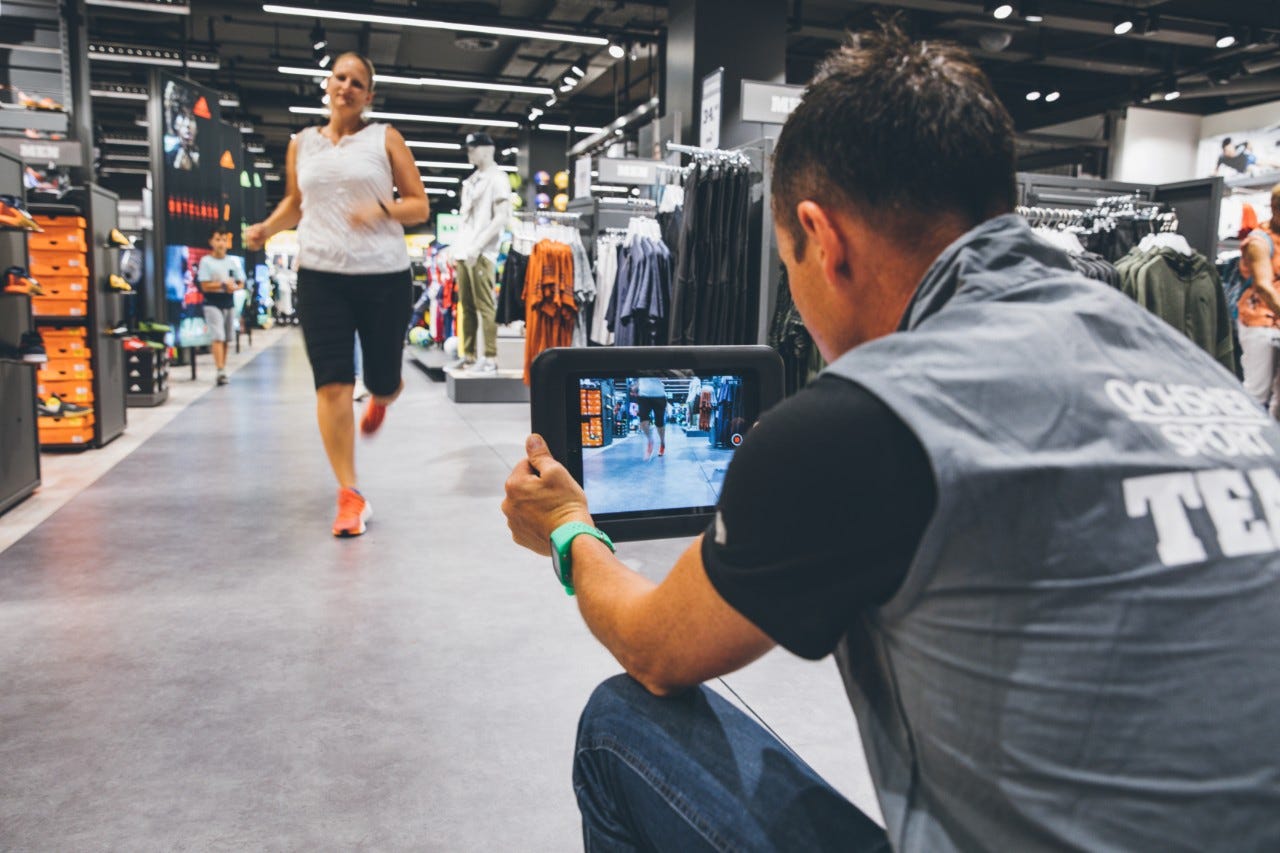
What shoe fits what foot? What makes a good running shoe? There’s a huge selection of running shoes on offer. But you’ll make the right choice if you know what to look out for and get advice from a professional.
Here’s a quick calculation to demonstrate the value of good shoes: Every step a jogger takes, the impact of their foot hitting the ground is equivalent to around two to three times their body weight. Over the course of 10 km that soon adds up to several hundred tonnes.
One pair of shoes for each training unit
Each candidate got two pairs of running shoes. This is because you should vary the shoes you train with to avoid unilateral strain. "There are small differences between each brand and model, which result in slight differences in gait," explains Viktor.
The rule of thumb is that you should wear a different pair of shoes for each weekly training unit. That’s good for your feet, and good for your shoes! Victor’s tip: when you buy shoes, also get special running socks. They’ll make your run a lot more comfortable.
6 tips when buying running shoes
- When you’re trying on shoes, make sure your big toe has around one or two centimetres of space. Your feet extend as you train and your circulation increases.
- For this reason it’s best to buy running shoes towards evening, when your feet are up to a centimetre longer than in the morning.
- Changing shoes is good for your feet and musculoskeletal system. If you run twice a week you should have two different pairs of shoes; if you train three times a week it’s best to have three pairs.
- The trendiest and most expensive shoes aren’t necessarily the best. The foot and gait analysis will show which shoes are best for your feet and running style.
- What type of terrain do you usually run on? Choose shoes designed for your favourite surface. Take your old running shoes with you to the sports store. A running specialist can get important insights merely by looking at the soles.
- Speaking of which: old shoes lose their tread and bounce, so depending on how intensively and frequently you train you should replace them every 800 kilometres or so.
